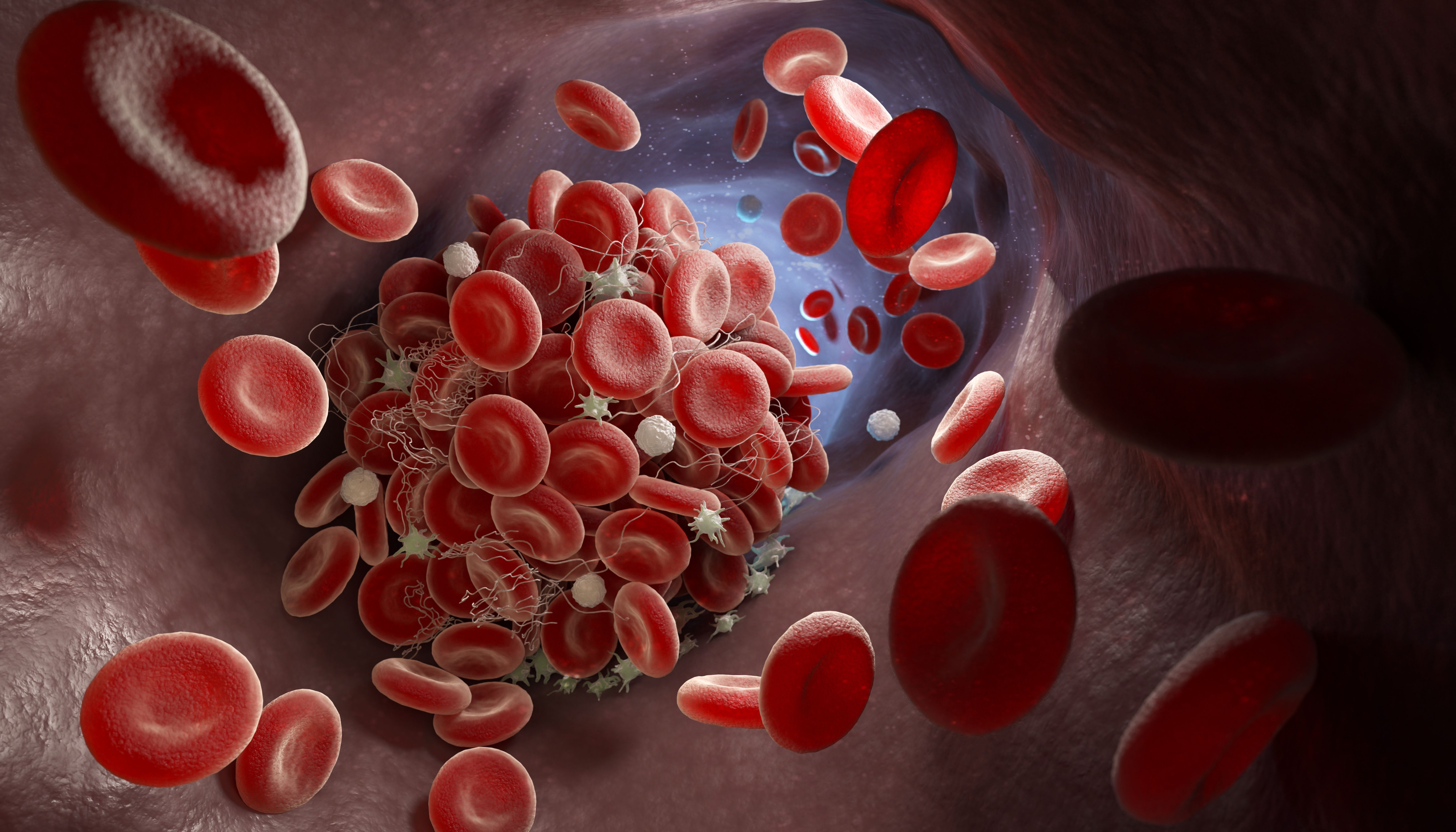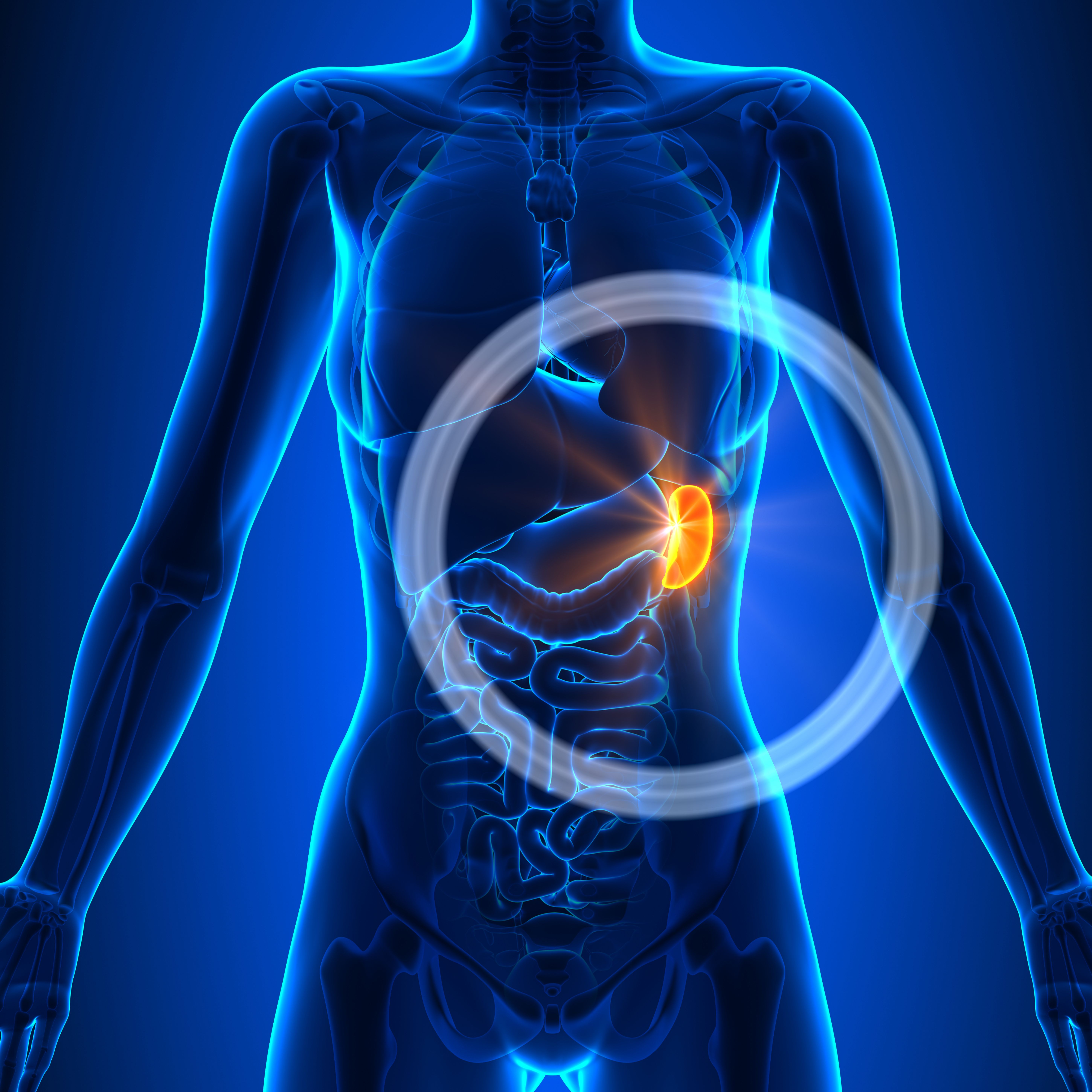Article
Myeloproliferative Neoplasms Take a Toll on Patient Job Status
Author(s):
Researchers discovered that at least 50 percent of people surveyed had an employment change because of their disease.
Living with a myeloproliferative neoplasm (MPN) can have a significant effect on daily living, especially work status and productivity, according to study findings published in BMC Cancer.
“Patients with MPNs experience a pronounced symptom burden that may include fatigue, night sweats, bone pain, itching, concentration problems and splenomegaly-related symptoms, which compromise activities of daily living and quality of life,” the study authors wrote.
Patients with myelofibrosis (MF), polycythemia vera (PV) and essential thrombocythemia (ET) — three types of MPNs — were asked 100 survey questions, which were completed online. Questions pertained to diagnosis, disease-related medical history, symptoms, functional status, changes in employment and work productivity and impact on daily activities. The 904 participants ranged from 18 to 70 years old and lived within the United States.
At the time of diagnosis, most patients (65.5 percent) were employed either full or part time, 9.6 percent were retired, 7.2 percent were self-employed, 6.5 percent were disabled, 6.4 percent were homemakers and 4.8 percent were unemployed. At the time of the survey, patients on average had been diagnosed with an MPN for 6.1 years.
Survey results revealed that more than half (50.5 percent) of patients who were employed at diagnosis had an employment change, such as leaving a job, medical disability leave, early retirement, reduced work hours, lower salary or went from full-time to part-time employment. Researchers determined that the first change in employment status occurred 2.1 years, on average, after MPN diagnosis.
Patients with MF and PV most commonly left a job (48.3 percent and 37.8 percent, respectively), while a third of those with ET most commonly reduced work hours for at least 3 months.
Early retirement was higher in patients with PV, who retired, on average, 9.7 years earlier than planned. Patients with ET retired 7.8 years earlier and patients with MF 7.7 years earlier.
Regarding medical disability leave, those with MF had lower return rates to work compared with patients who have PV and ET. Patients were on leave anywhere from 2.2 to 5.7 months on average.
In addition, researchers reported that of people who returned to work, approximately two-thirds reported a decreased salary compared with the job they left. At the time of survey participation, 398 patients were employed full- or part-time. Of all three MPN types, those with MF (40.7 percent) missed the most work days during that week.
“Symptom burden and fatigue impacts potentially all aspects of quality of life and activities of daily living — from work, to leisure, to doctor’s visits,” said study author Ruben Mesa, M.D., director of the Mays Cancer Center, the newly named home to UT Health San Antonio MD Anderson Cancer Center. “Good and proper management of the disease, an intentional physical activity program (under doctor supervision) and a good and healthy diet can help prevent disturbances.”
Researchers plan to continue assessing MPNs and quality of life burdens in the United States and in other countries.
“MPNs impact patients’ employment status in meaningful ways, from disability to early retirement across all MPN diagnoses,” said Mesa. “I think the results demonstrate the burden of an MPN as more significant than previously believed.”




